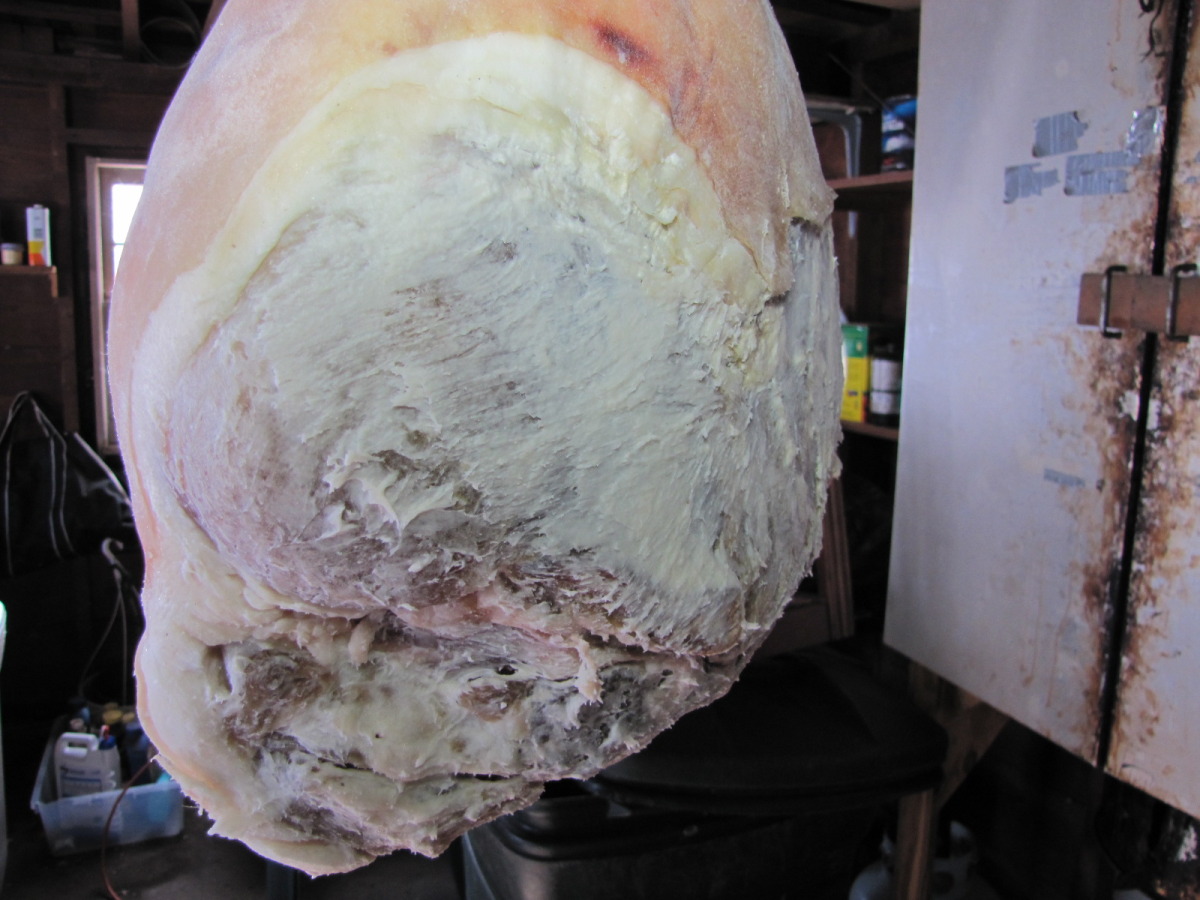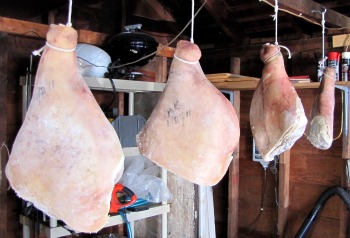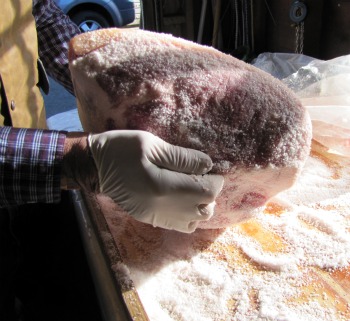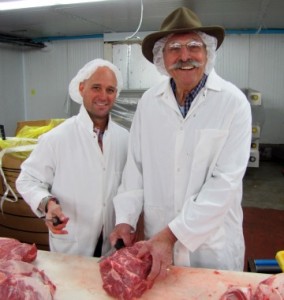Old homes are examples of inimitable craftsmanship and charm. Similarly, old world foods – specifically cured pork- are characterized by flavors of authenticity, uncommon tenderness, and a rich palate. More than this, old world food exhibits love.
Read More



